The Kayseri Archaeology Museum awaits its visitors at its new venue: The historic castle of the Central Anatolian province of Kayseri, housing never-before-seen artifacts and display rooms.
Built during the Roman period and with its inner and outer walls having undergone restoration in the Byzantine era, Danishmend, Seljuk, Dulkadir principality, Karaman beylic and the Ottoman periods, the historic castle has the traces of seven civilizations. It was restored again six years ago.
People wanting to see the restored castle at the heart of the city, which was closed for a long time, can now also visit the Kayseri Museum.
In addition to the cuneiform tablets, the first written documents of Anatolia removed from Kültepe, the artifacts removed from the Keykubadiye Palace — believed to have been built by the order of Alaaddin Keykubat — and many other thousands of artifacts found in excavations can be seen in the museum.
Speaking to the state-run Anadolu Agency, Provincial Culture and Tourism Director Şükrü Dursun said that the museum studies in the city dates to the 1930s.
Dursun stated that the Kayseri Archaeology Museum was built in the Gültepe neighborhood in 1969 but fell short of fulfilling expectations and needs.
“This is why the Kayseri Archaeology Museum was moved to the historic castle,” he said, adding that the new museum building is a very modern one.
As for the new museum, Dursun said, “Our museum has been moved into a very special structure. Currently, 1,789 works are on display at the museum. On the other hand, we have 30,000 historical works. We have a value like Kültepe, where excavations have been continuing for years. Most of the artifacts found in excavations here are exhibited at the Museum of Anatolian Civilizations in Ankara. Some of them are in our museum. Keykubadiye Palace excavations have been carried out on the land of Kayseri Sugar Factory for about five years. Many works were also removed from here. Some of these are exhibited in our museum.”
Emphasizing that Kayseri has a long historical background, Dursun said, “We have works from almost every stage of this process. There are many works from the Kültepe, Seljuk and Ottoman periods in our museum. It is possible to see many works in our museum,” he said.
He also added that the museum also has a specialized library, conference hall, children’s workshop and laboratories.
Kültepe Archaeology Digs
The site of Kültepe, which was the capital of the ancient Kingdom of Kanesh, located 20 kilometers to Kayseri, was included in the UNESCO Tentative List of World Heritage on April 15, 2014.
According to the UNESCO website, Kültepe is a “key center” of culture and commerce between Anatolia, Syria, and Mesopotamia by the end of the 3rd millennium B.C. and during the first quarter of the 2nd millennium B.C.

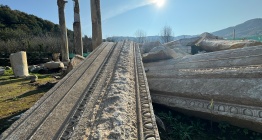
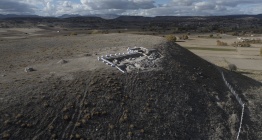
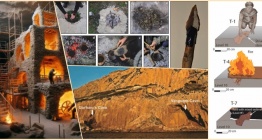
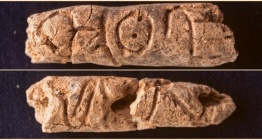
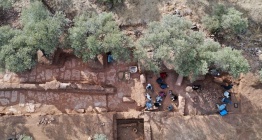


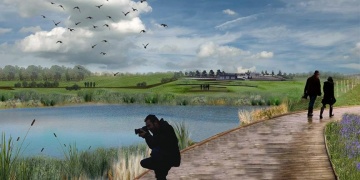 Çorum'daki 3 bin yıllık Hitit Barajı ICID Dünya Mirası Sulama Yapıları Listesine girdi
Çorum'daki 3 bin yıllık Hitit Barajı ICID Dünya Mirası Sulama Yapıları Listesine girdi 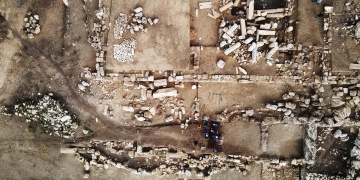 Muğla'daki Hyllarima Antik Kenti arkeoloji kazılarında Helenistik anıt çeşme bulundu
Muğla'daki Hyllarima Antik Kenti arkeoloji kazılarında Helenistik anıt çeşme bulundu  Bakan Ersoy: İstanbul Anadolu Yakası’na bir arkeoloji müzesi kurulacak
Bakan Ersoy: İstanbul Anadolu Yakası’na bir arkeoloji müzesi kurulacak 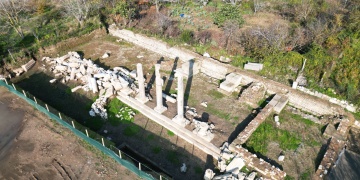 Bartın'daki Amastris Antik Kenti'nin stoası restore ediliyor
Bartın'daki Amastris Antik Kenti'nin stoası restore ediliyor 




